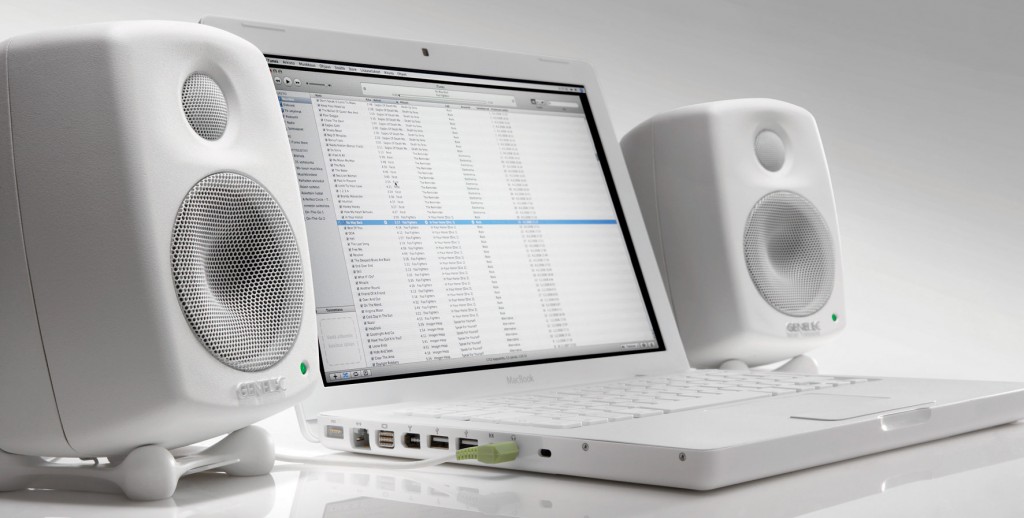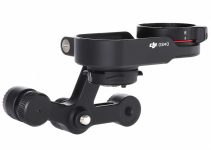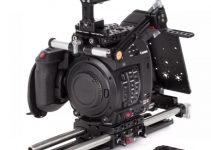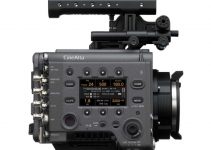Audio monitors are an essential piece of equipment that is often overlooked by many filmmaking beginners and enthusiasts. Quality audio is a main asset in every production, whether it’s a short, documentary, commercial or a feature film. Every single decision with regards to audio you make in the production is entirely dependent on the feedback of your audio monitors. Without the most accurate sound representation, you can’t be sure that you’re making the best possible decision when you are working on a project that is going to be exhibited in a proper cinema theatre.
Some of the high-end quality audio monitors are those that can provide the full spectrum of the audio signal and have a really flat frequency response. Accurate audio monitors will allow you to judge how to place the different sounds and elements such as dialogue and foley in you mix, especially if you are working in a 5.1 or 7.1 surround audio environment. The following video reveals all the features a decent audio monitors should have in order to be considered as a viable option.
Generally speaking, high-quality audio monitors should be able to give you not only the presence and volume of the sound that you hear, but also the particular tonal characteristics along with all present audible details that will allow you to work more accurately and vastly on your projects eliminating the guessing and false judgment.
One of the most popular high-end quality and trustworthy audio monitors on the market today are the Genelec 8000 series. The Genelec 8030b, in particular, is the model that I’ve been working with in the last 8 years. This thing is robust and built like a tank. They not only provide a flat frequency response with neutral tonal characteristics but also are designed to work and adapt to the room that you’re working in. Plus, they will allow you to hear the audio evenly, no matter if you’re in or out of the sweet spot while you are sitting in front of them.

Furthermore, the Genelec 8000 series features a full set of room correction controls on the rear panel so you’ll be able to eliminate the unwanted frequency spikes and distortions caused by the placement of your monitors and the specifications of your room. If you exceed the volume, accidentally these monitors have a build-in overload protection that is another great feature that will keep your equipment away from possible damages making it last and work flwalessly for an extensive period of time.
They are robust and rigid and will give you one of the best possible neutral audio which is paramount for every professional monitor. Low distortion, high-efficiency monitors with a neutral sound capable of high volumes and durability, this is exactly what you should be looking for when you are considering your next reference audio monitors.
Disclaimer: As an Amazon Associate partner and participant in B&H and Adorama Affiliate programmes, we earn a small comission from each purchase made through the affiliate links listed above at no additional cost to you.





Nice speakers, of course, but the article’s subject is How to Choose Decent Audio Reference Monitors. The article itself is nothing more than how much you like one particular model of just one brand of monitor. It’s a testimonial, not a how-to. It should be titled I Really Like The Genelec 8000 Series.
As I wrote, I’ve been using these monitors for many, many years. I can’t recommend something that I don’t trust. Plus, I still do believe that these monitors provide all the features that every high-end audio monitor should have. Cheers,
This is a very subjective matter. At least give a comparison to other models in that “descent” price range.